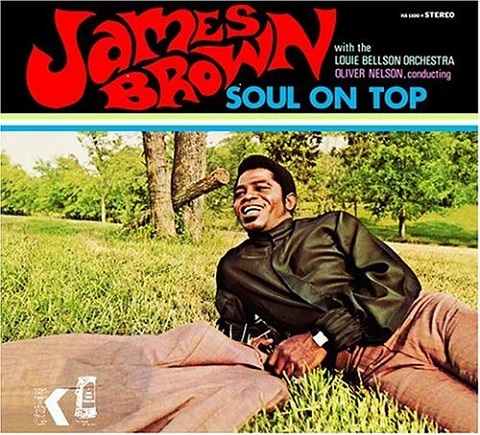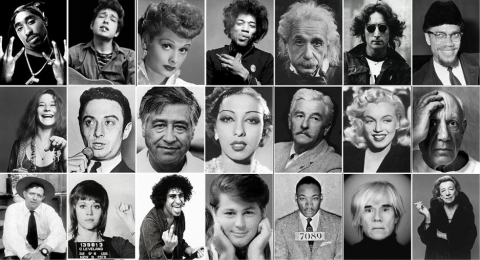I have many memories growing up of gingerly placing my father’s Abbey Road LP on the turntable and spending the afternoon lying on the floor and peering at the photos inside the album cover’s gatefold—trying to wrap my head around what kind of hairy geniuses could make music like this. I had no inkling that this was their final recording together, that the band was about to come apart. None of that mattered to me. I didn’t quite grasp how this band evolved from the teen pop sensations in identical suits and haircuts with their legions of flailing schoolgirl fans and goofy comedy troupe banter. This seemed like an entirely different entity—and the particular sublimity of the medley on side 2 (listen to it here) had me lifting up the needle and dropping it back at the intro to “You Never Give Me Your Money” over and over.
That medley is such an impressive demonstration of The Beatles’ range of voice and sensibility that it almost functions as a capsule for the sound of their whole later career—all the weird narratives, blues, ballads, and gorgeously lush hymns and lullabies. What remains constant throughout every Beatles’ record—even before George and Ringo’s songwriting contributions—is the vocal and lyrical interplay of Lennon/McCartney, and it’s all on fine display in the medley.
George Harrison described side 2 in 1969 as “a big medley of Paul and John’s songs all shoved together.” Lennon gave George and Ringo more credit for the medley in an interview that same year:
We always have tons of bits and pieces lying around. I’ve got stuff I wrote around Pepper, because you lose interest after you’ve had it for years. It was a good way of getting rid of bits of songs. In fact, George and Ringo wrote bits of it… literally in between bits and breaks. Paul would say, ‘We’ve got twelve bars here– fill it in,’ and we’d fill it in on the spot. As far as we’re concerned, this album is more ‘Beatley’ than the double (White) album.
However it all came about, it’s the medley’s strange lyrical twists, mélange of vocal styles, and powerful harmonies that stay with me, and that I find myself singing softly, even after having gone several years without hearing the album in full. Perhaps you do this too. Now we can hear what The Beatles’ themselves sounded like in the studio sans instruments with the isolated vocal tracks for the side 2 medley at the top of the post. Hear the full album version here and see the Medley tracklist below.
You Never Give Me Your Money
Sun King
Mean Mr. Mustard
Polythene Pam
She Came in Through the Bathroom Window
Golden Slumbers
Carry That Weight
The End
via Eric Alper
Related Content:
A Short Film on the Famous Crosswalk From the Beatles’ Abbey Road Album Cover
John Lennon’s Raw, Soul-Baring Vocals From the Beatles’ ‘Don’t Let Me Down’ (1969)
The 10-Minute, Never-Released, Experimental Demo of The Beatles’ “Revolution” (1968)
Josh Jones is a writer and musician based in Durham, NC. Follow him at @jdmagness



